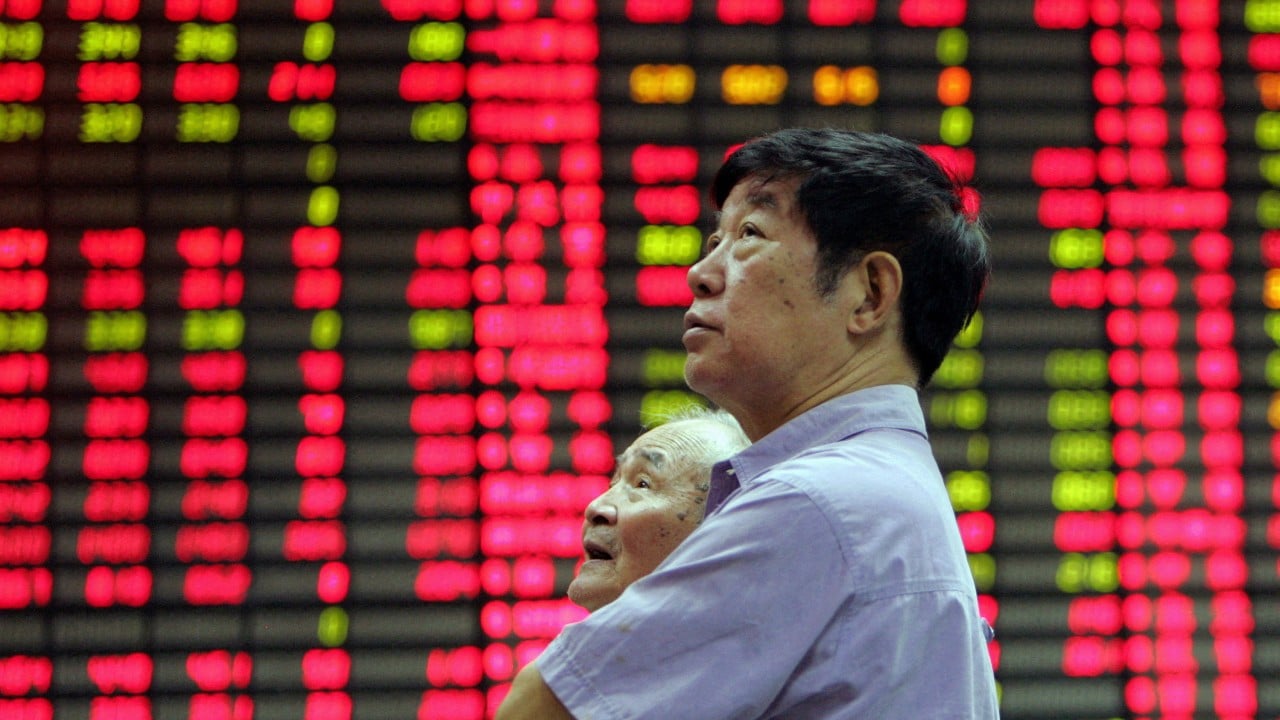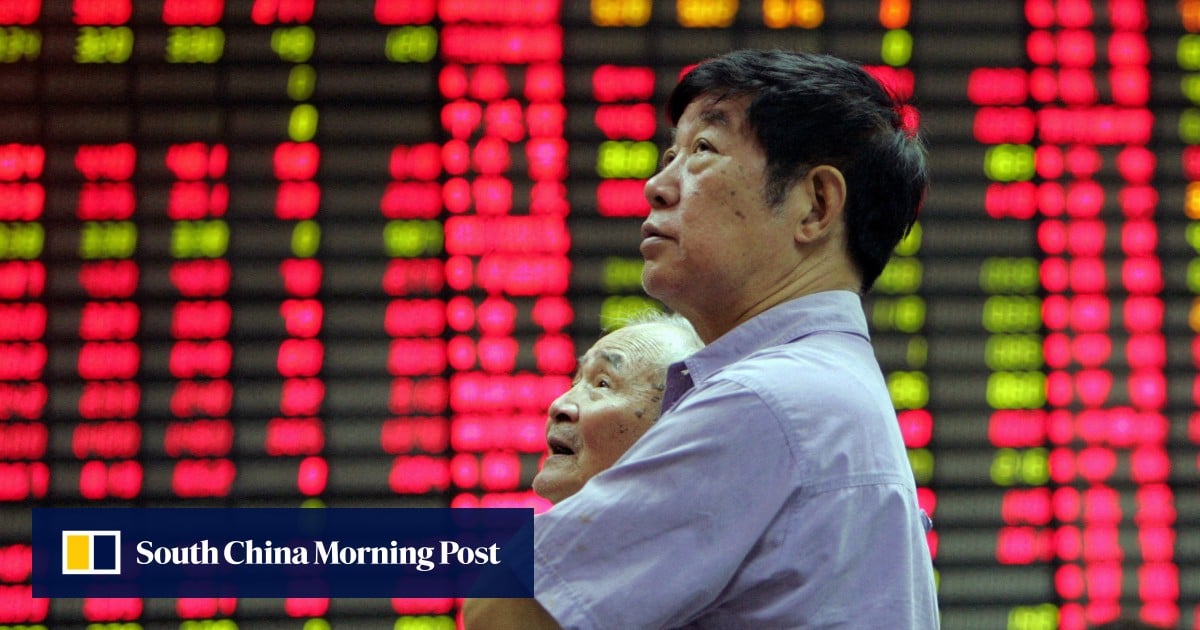
China has issued an unprecedented set of policy guidelines to push for transparency, security, risk-management and vibrancy in the country’s US$9 trillion stock market, sketching out a view of what the world’s second-largest capital market could look like by the middle of the century as Beijing solidifies its goal of becoming a financial superpower.
A document published by the nation’s cabinet on Friday promises to promote the “high-quality” development of China’s capital market by strengthening supervision and guarding against risks.
By 2035, the market should have achieved “a reasonable structure of investing and fundraising” in which listed companies will have demonstrated a significant improvement in quality, it said. There must also be demonstrable progress in cultivating first-class investment banks and financial institutions.
He emphasised the importance of preventing systemic financial risk, and called on financial regulators and industry authorities to clarify their responsibilities and strengthen cooperation.
“Financial regulation must have teeth,” Xi was quoted by state media outlet Xinhua as saying.
Friday’s guidelines complement four documents issued last month by the CSRC pledging to crack down on fraudulent listings, raise the threshold for new listings and require publicly traded companies to return more to investors through buy-backs and dividend payouts.
According to the document published today, companies will be required to disclose their dividend payout policies when they list, and stricter rules on information disclosure and corporate governance will be implemented to restrict stake reductions by major shareholders and push listed companies to boost investment value.
The regulators will also work out standards for abnormal trading and manipulation, issue rules to strengthen the supervision of high-frequency transactions, and mete out severe punishments in cases of malicious manipulation and short-selling, it said.
The document also called for the fast-track approval of exchange-traded funds, the expansion of index-based funds, and a higher proportion of stock-focused funds in the mutual fund industry.

